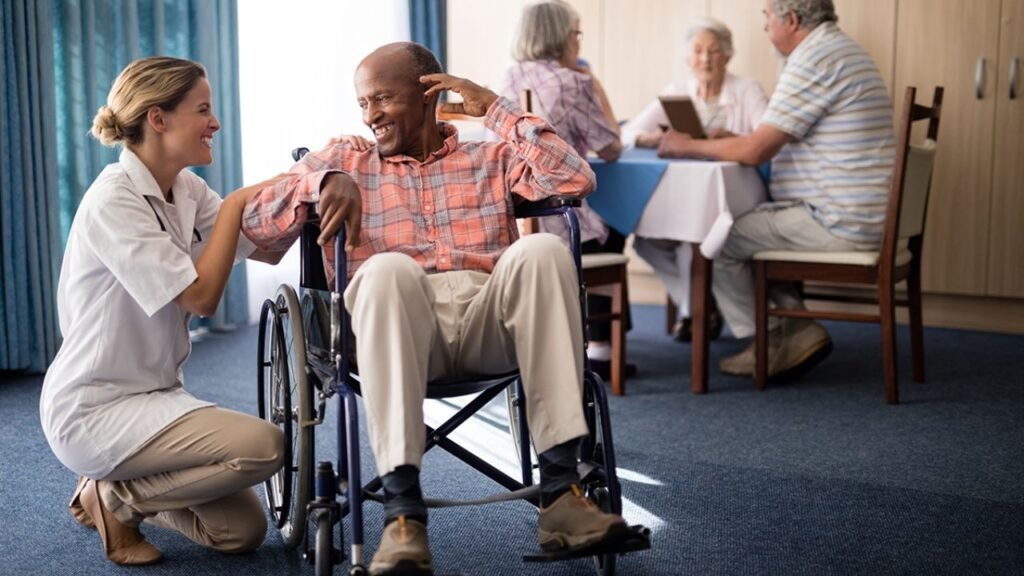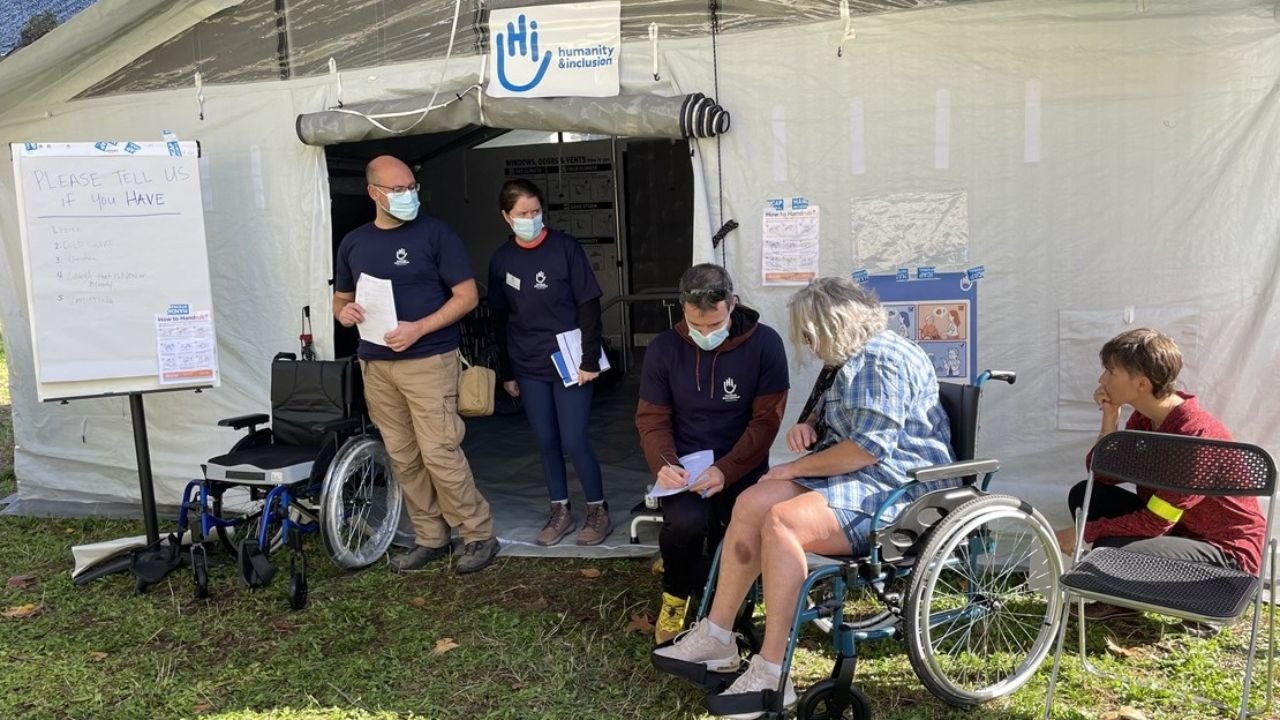Introduction
Emergencies—whether natural disasters, industrial accidents, or sudden health crises—pose immediate threats to life, health, and infrastructure. While the immediate response focuses on saving lives and controlling hazards, a critical component often overlooked is emergency rehabilitation. This phase aims to restore health, functionality, and normalcy to affected individuals and communities, minimizing long-term impacts.
Rehabilitation in emergencies is a multidisciplinary effort involving medical, psychological, infrastructural, and social interventions. Its goal is to facilitate recovery, prevent disability, and promote resilience among individuals and communities.
This article explores common emergency rehabilitation practices, their principles, methodologies, and considerations for effective implementation across various emergency scenarios.
1. Understanding Emergency Rehabilitation
Definition and Scope
Emergency rehabilitation is a structured process carried out after initial emergency response to restore health, safety, and functioning. It bridges immediate relief and longer-term recovery, addressing physical, psychological, social, and infrastructural needs.
Objectives
- Restore physical and mental health
- Prevent disabilities
- Re-establish functional independence
- Support psychosocial well-being
- Rebuild infrastructure and community systems
- Enhance resilience against future emergencies
Principles of Effective Emergency Rehabilitation

- Timeliness: Initiate as early as feasible, but without compromising safety or quality.
- Community involvement: Engage affected populations in planning and implementation.
- Holistic approach: Address physical, mental, social, and environmental needs.
- Accessibility: Ensure equitable access to services for all affected groups.
- Cultural sensitivity: Respect local customs, beliefs, and practices.
- Sustainability: Promote practices that are maintainable within local capacities.
2. Types of Emergencies and Corresponding Rehabilitation Practices
Different emergencies require tailored rehabilitation approaches. Here’s a breakdown of common types:
a) Natural Disasters (Earthquakes, Floods, Cyclones, Tsunamis)
b) Man-made Disasters (Industrial Accidents, Armed Conflicts, Terrorist Attacks)
c) Health Emergencies (Pandemics, Epidemics)
3. Common Rehabilitation Practices in Emergency Settings
A. Medical and Physical Rehabilitation
1. Wound and Trauma Management
In the aftermath of disasters, many individuals suffer traumatic injuries, requiring immediate and ongoing care:
- Wound cleaning and debridement: Prevent infection.
- Fracture stabilization: Using splints, casts, or surgical interventions.
- Management of burns: Specialized burn units and skin grafting when necessary.
- Amputation rehabilitation: Prosthetic fitting, socket training, and limb care.
2. Physiotherapy and Functional Recovery

Post-injury or surgery, physiotherapy aims to restore mobility and reduce disability:
- Range of motion exercises: Prevent joint stiffness.
- Muscle strengthening: Maintain or rebuild strength.
- Balance and gait training: Improve walking and coordination.
- Assistive devices: Provision of crutches, wheelchairs, prosthetics.
3. Chronic Disease Management
Disrupted healthcare systems often lead to unmanaged chronic conditions:
- Continuation of medications for hypertension, diabetes, etc.
- Monitoring and adjusting treatment plans.
- Education on self-care.
4. Mental Health and Psychosocial Support
Trauma often results in psychological distress:
- Psychological first aid.
- Counseling services.
- Support groups.
- Addressing PTSD, depression, anxiety.
B. Infrastructure and Environmental Rehabilitation
1. Water, Sanitation, and Hygiene (WASH)
- Restoring access to clean water.
- Rebuilding sanitation facilities.
- Promoting hygiene education.
2. Shelter and Housing
- Temporary shelters (tents, transit camps).
- Transition to permanent housing solutions.
- Ensuring safety, privacy, and cultural appropriateness.
3. Healthcare Facilities
- Re-establishment of clinics, hospitals, and pharmacies.
- Mobile health units for remote or inaccessible areas.
C. Community and Social Rehabilitation
1. Livelihood Support

- Microfinance and cash transfer programs.
- Skills training and vocational programs.
- Restoring agricultural productivity.
2. Education Continuity
- Reopening schools.
- Providing psychosocial support to children.
- Alternative learning arrangements.
3. Community Engagement and Capacity Building
- Involving local leaders.
- Disaster preparedness training.
- Promoting resilience and local ownership.
4. Specific Rehabilitation Practices by Sector
4.1. Medical and Physiotherapy Practices
- Early mobilization: Prevent deconditioning.
- Pressure injury prevention: Regular skin assessments, turning schedules.
- Pain management: Pharmacological and non-pharmacological methods.
- Rehabilitation protocols: Tailored to injury type and severity.
- Assistive technology: Provision and training on devices.
4.2. Mental Health and Psychosocial Support
- Psychological First Aid (PFA): Immediate emotional support.
- Counseling sessions: For trauma, grief, and loss.
- Community-based psychosocial programs: Support groups, recreational activities.
- Training of local volunteers: To recognize and respond to mental health issues.
4.3. Infrastructure Restoration
- Rapid damage assessment: Prioritize critical facilities.
- Temporary solutions: Mobile clinics, prefabricated structures.
- Long-term rebuilding: Sustainable architecture, disaster-resistant designs.
4.4. Water and Sanitation
- Emergency water supply: Water trucking, chlorination.
- Construction of latrines: To prevent disease transmission.
- Hygiene promotion: Handwashing campaigns, distribution of hygiene kits.
4.5. Shelter and Housing
- Provision of tents and transit shelters: Immediate relief.
- Reconstruction of durable housing: Earthquake-resistant dwellings.
- Community participation: To ensure culturally appropriate design.
4.6. Livelihood and Economic Recovery
- Cash grants and vouchers: Immediate financial support.
- Agricultural inputs: Seeds, tools, livestock support.
- Skills training: Vocational courses tailored to local markets.
5. Challenges in Emergency Rehabilitation
Despite best practices, several challenges can hinder effective rehabilitation:
- Resource limitations: Funding, personnel, equipment shortages.
- Logistical issues: Difficult terrain, inaccessible areas.
- Cultural barriers: Resistance to external interventions.
- Coordination gaps: Multiple agencies working without synergy.
- Psychosocial complexity: Deep trauma, grief, and loss.
Addressing these challenges requires strategic planning, community engagement, and adaptive management.
6. Case Studies of Emergency Rehabilitation
Case Study 1: Post-Earthquake Rehabilitation in Nepal 2015
The Nepal earthquake devastated infrastructure and displaced millions. Rehabilitation efforts focused on:
- Medical care: Mobile clinics, trauma management.
- Shelter: Transition from tents to earthquake-resistant houses.
- Psychosocial support: Community counseling and youth engagement.
- Infrastructure: Restoring roads, schools, and health posts.
- Livelihood support: Microfinance, vocational training.
Case Study 2: Tsunami Response in Aceh, Indonesia 2004
The tsunami caused massive destruction. Rehabilitation included:
- Water and sanitation: Rapid deployment of clean water supply.
- Health services: Re-establishment of clinics and mobile units.
- Shelter: Building of durable, tsunami-resistant homes.
- Psychosocial: Trauma counseling and mental health programs.
- Economic recovery: Livelihood programs for fishing communities.
7. Emerging Trends and Innovations in Emergency Rehabilitation
- Use of technology: Drones for damage assessment, mobile health apps.
- Community-led approaches: Empowering locals to lead recovery.
- Eco-friendly rebuilding: Sustainable materials and practices.
- Resilience-building: Incorporating disaster risk reduction into rehabilitation.
- Telemedicine: Extending specialist care to remote zones.
8. Ethical and Cultural Considerations
Effective rehabilitation must respect local customs and values. Ethical considerations include:
- Informed consent.
- Respect for privacy and dignity.
- Avoiding dependency.
- Ensuring equitable access.
Cultural competence enhances community acceptance and sustainability.
9. Monitoring and Evaluation
Continuous assessment ensures that rehabilitation practices meet goals:
- Establish clear indicators.
- Regular field assessments.
- Feedback from beneficiaries.
- Adjusting strategies based on findings.
10. Conclusion
Emergency rehabilitation is a complex, multifaceted process critical to reducing long-term suffering and restoring normalcy after crises. Common practices encompass medical care, mental health support, infrastructure rebuilding, and socioeconomic recovery. Success hinges on timely, culturally sensitive, community-driven, and sustainable interventions.
As climate change and geopolitical tensions increase the frequency of emergencies, strengthening rehabilitation capacity and implementing best practices become imperative for resilient, healthy communities.
References and Further Reading
- Sphere Handbook: Humanitarian Charter and Minimum Standards in Humanitarian Response.
- World Health Organization (WHO): Rehabilitation in Health Emergencies.
- UNHCR: Guidelines on Refugee and IDP Rehabilitation.
- International Federation of Red Cross and Red Crescent Societies (IFRC): Emergency Response and Recovery.
